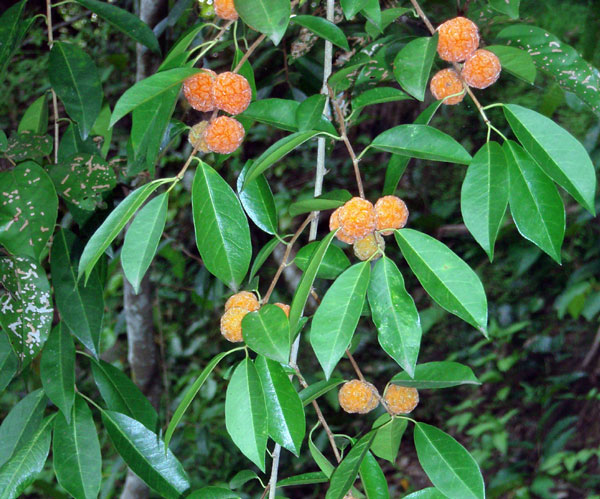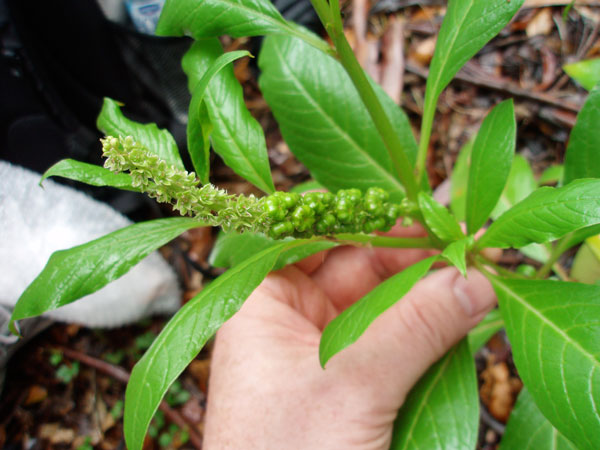In response to Spencer Shaw’s weed profile (October 2012), you may be familiar with the term ‘novel ecosystem’. This is defined as an ecosystem that has been influenced by humans, but is not under human management.
An article entitled ‘Ragamuffin Earth’ in Nature Collections (March 2010) defines novel ecosystems as “land without agricultural or urban use, embedded with agricultural or urban regions”. This, I believe, is what most of we Land for Wildlife / conservationists / regenerationists have to work with – ecosystems that we can make habitable for flora and fauna and provide some ecosystem services, but which will also contain introduced species of varying degrees of benefit. Property profiles in the Land for Wildlife newsletters are mostly about such ecosystems. (Is it reasonable to suggest that the introduction of Mus musculus (House Mouse) has been beneficial? After all, brown snakes like them).
And Spencer Shaw points out that not all weeds are bad – or not ‘all bad’. Cobbler’s Pegs are vigorous and annoying pioneer plants. I can successfully grow them to a greater than head height in a good season on new ground. Native bees like them and dead plants are good kindling. But as my largely native garden develops, the Cobbler’s Pegs are diminishing and my socks are becoming less uncomfortable.
Lantana? Hmm… Well after the 2010/11 severe torrents that raged down my little creek, if it had not been for Lantana camara plants on the banks, erosion would have been much worse. I only wish we had as vigorous a native replacement. Native Cockspur (Maclura cochinchinensis) might qualify, but with comparable discomfort and inconvenience.


(Left:) The orange fruit of Cockspur. Would this prickly native plant work as a replacement for lantana?
(Right:) Inkweed fruit attracts a wide range of birds. Photos by Rob Whyte.
At present, my favourite weed is Ink Weed (Phytolacca octandra) which was well established before we bought here four years ago. It grows quickly into a quite attractive shrub, is reasonably easy to remove when necessary, makes good mulch, shades new plants and attracts a wide range of birds. In addition to the many LBBs (little brown birds) and LGBs (little grey birds) that I have yet to identify, visitors include Koels, Silvereyes by the dozen, three kinds of wren (Superb, Variegated and Red-winged Fairy-wrens), Brown Cuckoo-doves, Pale-headed Rosellas, Lewin’s Honeyeater, Red-browed Finches and others.
Surprisingly, despite there being a resident population, I have yet to see Pied Currawongs eating the fruit or going into the Ink Weed after small birds.
Past experience with such weeds as Lime Bush (Eremocitrus glauca) and Galvanised Burr, leads me to believe that they are the dominant remnant species on over-used land because they are relatively inedible. I suspect this also applies to Bursaria spinosa. Anything is better than bare ground – even Prickly Pear has very attractive owers. I confess to finding complimentary things to say about Noogoora and Bathurst Burrs difficult. Perhaps some readers could assist me here.
Having said all this, my proof-reader has now advised that I am only seeking to justify the fact that I am a lazy, disorganised gardener / landscaper who hates weeding.
Article by Peter Darvall, Land for Wildlife member, Stockyard, Lockyer Valley
